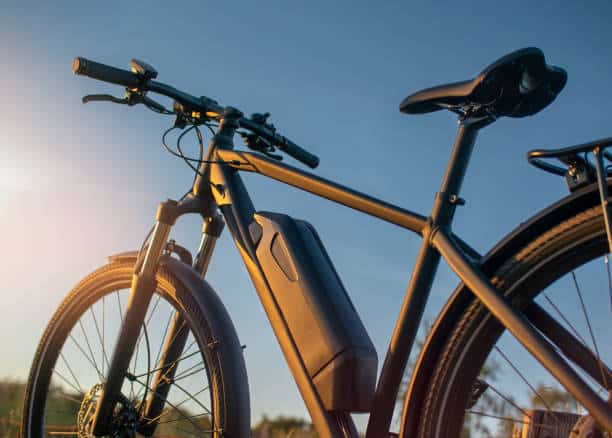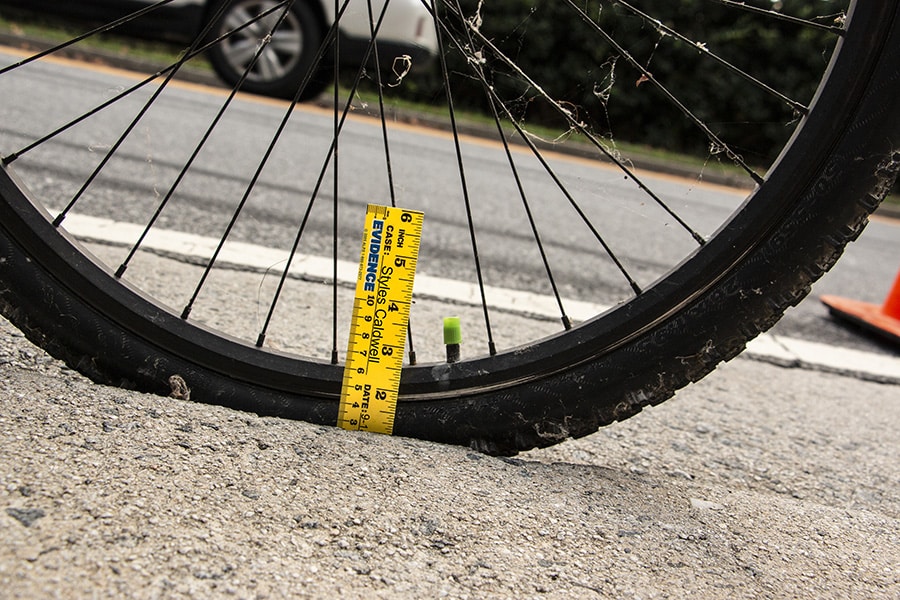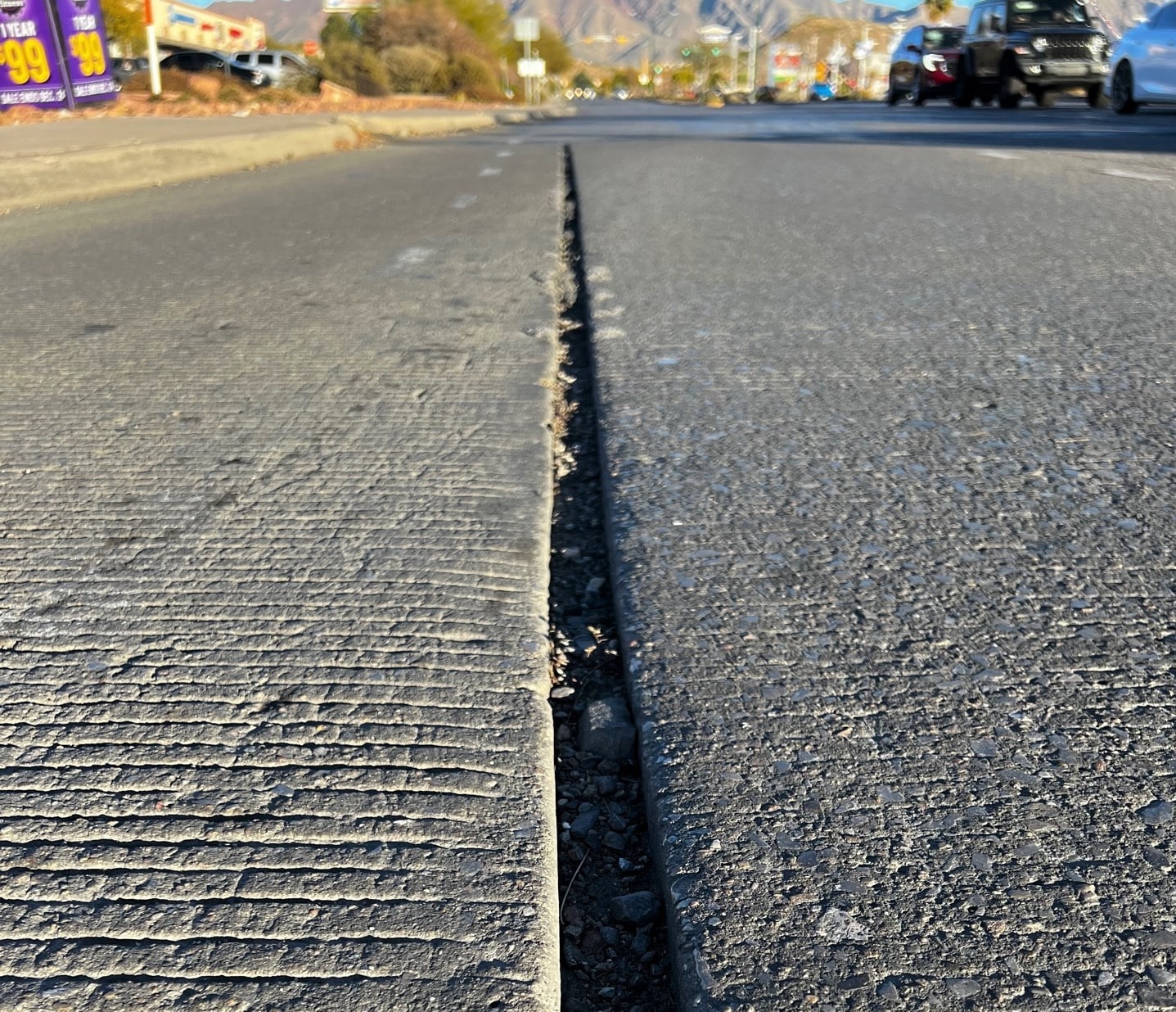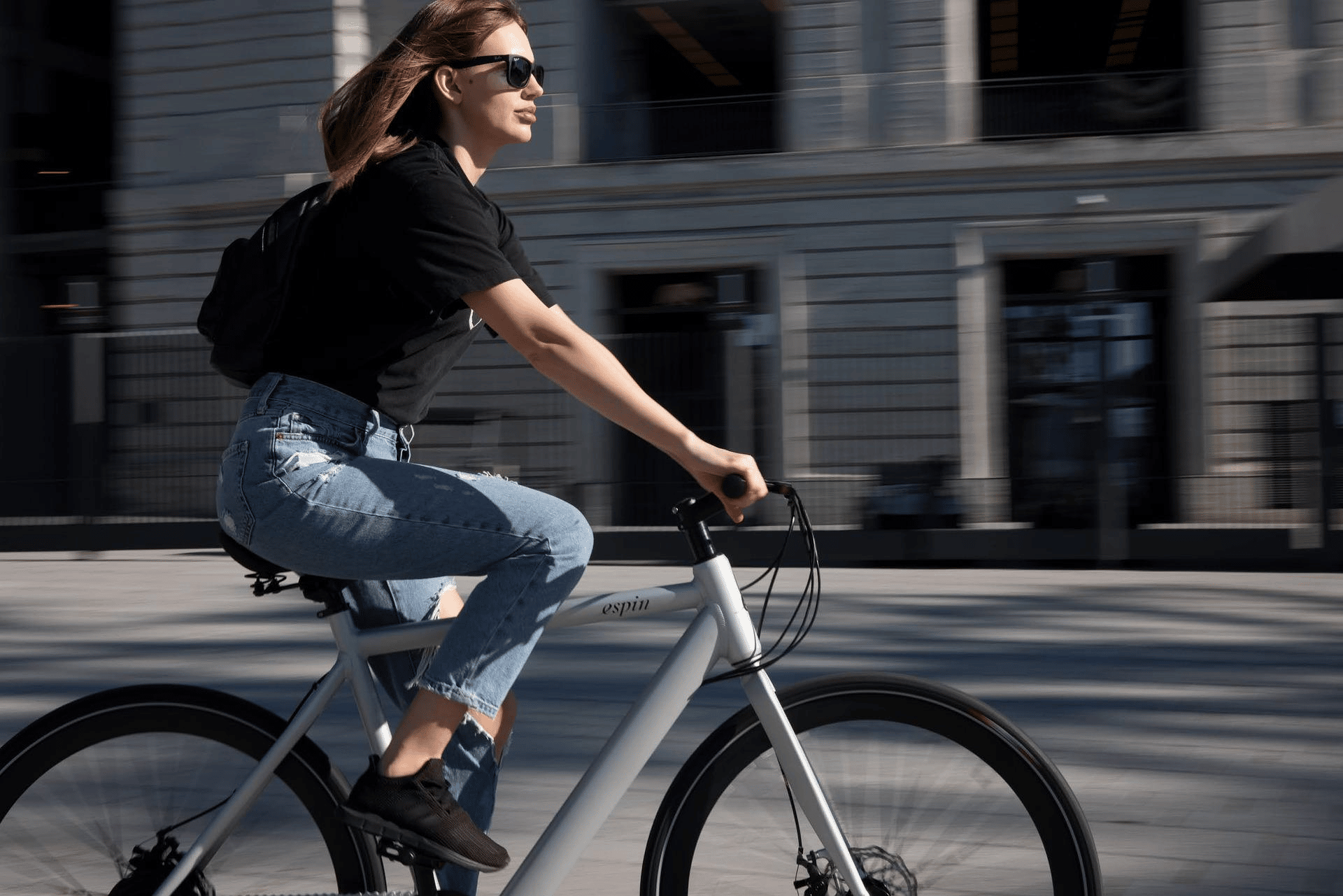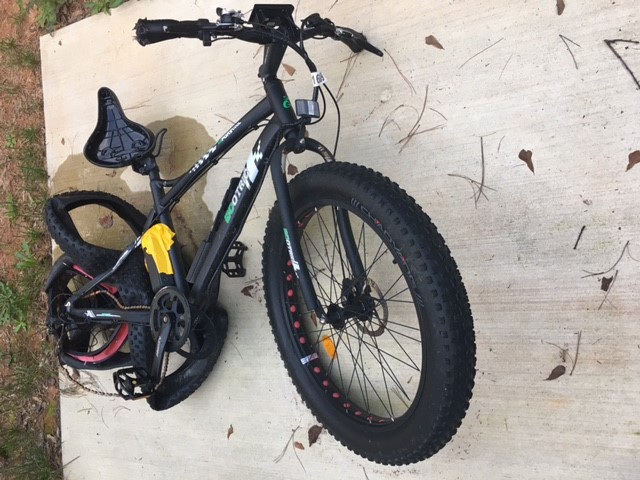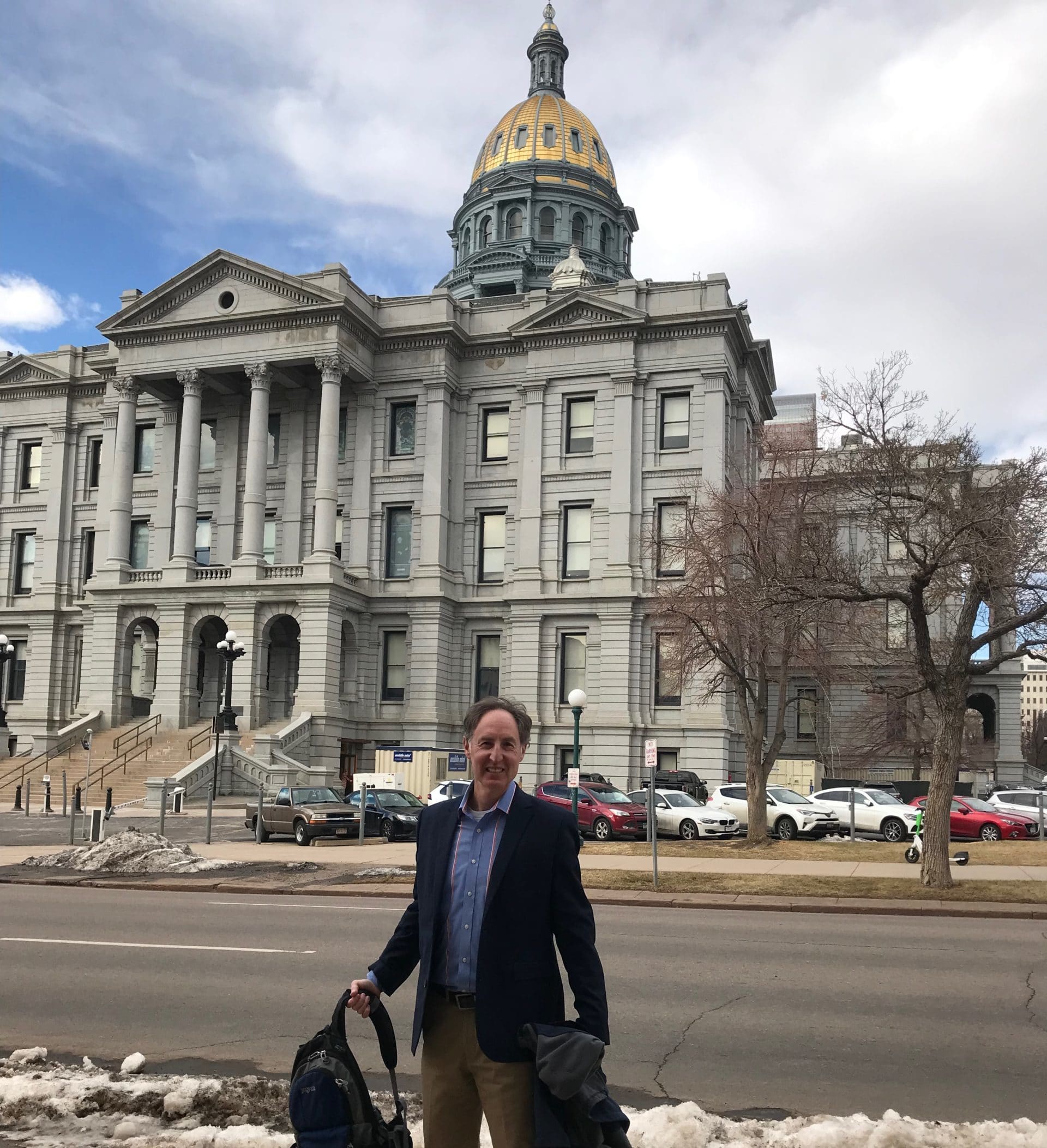Bike Law fully supports the Colorado Safety Stop Bill, Senate Bill 93, that was introduced by Senator Andy Kerr to rethink the “Operation Of Bicycles Approaching Intersections.”
Ridership in the United States is up across the board. Over the past 10 years choosing a bike for transportation has become less an alternative and a more regular choice for many. Yet across the United States, our infrastructure and culture of moving people from point A to B is still car dominate.
Recently, the Federal Highway Administration changed how they measure traffic from counting vehicles to counting individuals. Finally, we are focusing on moving people; options besides single occupancy vehicles are taking the main stage. Public transportation, biking, and walking effectively now matter more than ever before.
With this timely news from the FHWA, a Safety Stop bill was introduced earlier this month to the Colorado Senate. The Colorado Senate Bill 93 was introduced by Senator Andy Kerr to rethink the “Operation Of Bicycles Approaching Intersections.” This bill would change how cyclists handle intersections with stop signs or stop lights.
It is often referred to as the “Idaho Stop,” named after the state that first passed a similar law in 1982. To all the naysayers, the law works, and it has been shown in a University of California at Berkeley School of Public Health study that the year after the Idaho law passed there was a 14.5% reduction in cycling-related injuries in Idaho.
At Bike Law, we strongly believe in the Idaho Stop
This isn’t the first time we have brought it up. We bring up the Idaho Stop often because we believe in it.
- A year ago, our Idaho lawyer, Kurt Holzer, made valid points for the Stop as Yield – Idaho Stop.
- In 2012, our Illinois lawyer, Brendan Kevenides, wrote an article for Urban Velo.
- Our Oregon lawyer, Bob Mionske gave more background of the Idaho Stop in 2009.
The argument of infrastructure
The majority of intersections require a large metal object to trigger an inductive loop imbedded in the asphalt. Bicycles are not large metal objects. Riders with Team Evergreen and I have endured long waits at red lights until a car rolled up to trigger the light to change. A group can more easily stay together and would cause less delays to motor vehicle traffic if Senator Kerr’s bill becomes the law of Colorado.
Most lights are programmed in light cycles through monitored traffic counts, and various times of day. The length of time an average cyclist takes to cross an intersection is not typically part of these traffic counts. The grade, length of intersection, and number of cyclists trying to cross per light cycle are not often part of the light cycle formula.
In some forward thinking cities, there are green boxes placed at the head of an intersection to allow bikes to be in front of the traffic to get a head start across the intersection, and a custom light trigger in the asphalt within the green box sensitive enough for a bike to activate. These are rare, and typically in the more progressive cycling friendly cities.
The argument of different vehicles
Bikes are not cars, yet the laws to keep cyclists and motorists safe view them as the same thing. It takes a bicycle significantly more time to get started from a foot down stop to get started and cross an intersection. Leaving them hidden besides moving vehicles and blinded from the left turning vehicles looking for an opening in traffic.
As the Colorado Bike Law attorney, and the past President of Team Evergreen Cycling, I believe that cyclists should be able to keep their momentum and get out of the way of motor vehicles. For example, the proposed bill will allow cyclists to more quickly clear the intersection for cars who want to turn.
The argument of respecting laws and stopping when necessary
Once instituted, the next step would be in educating riders how to follow the law. In an earlier article on Bike Law, Kurt Holzer outlined the following behavior under the law.
When a cyclist approaches a stop sign, he or she should:
- Slow down and stop if required for safety;
- Yield the right-of-way to any motor vehicle in the intersection or any approaching vehicles that will create a hazard if the cyclist crosses the intersection; and
- Continue after appropriately slowing and yielding without stopping.
Allowing cyclists to do this is really about conservation of energy and recognizing the differences between bikes and cars.
When a bicyclist approaches a red light, he or she should:
- Stop;
- Yield to all other traffic; and
- Proceed through the red light with the appropriate caution.
Argument of Safety Over Tickets
In Colorado there are several smaller towns that are popular with cyclists that have taken to ticketing those rolling stop signs as a source of income. These towns have more to gain from being inclusive to cycling tourism, and encouraging riders from spending more time (and money) than giving tickets to yielding cyclists when there are no vehicles to be seen.
The Safety Stop law would allow our law enforcement to focus on safety and other top issues by eliminating the gray area of yielding cyclists.
Join Bike Law in support of the Safety Stop Bill in Colorado
The passing of the Colorado Bill 93 would be a strong push forward to creating the momentum to making the Idaho Stop a nationally accepted law.
- Learn more about the proposed Safety Stop Bill from Bicycle Colorado
- Sign the Bicycle Colorado petition
- Join Bike Law Colorado in Denver on February 7 at 1:30 pm in the Senate Conference Room 352 (Third Floor of the Capitol) to show your support and to start the momentum to roll across the country
Illustration Credit: Andy Singer

Colorado bicycle accident lawyer Brian Weiss is an accomplished trial lawyer with over 26 years of experience, and he has tried over 40 jury trials. Aside from having been in a bike crash himself, Brian has counseled over 200 people who have been in bike crashes.
Download and share Brian’s E-Book: The Rules Of The Road For Colorado Cyclists.




